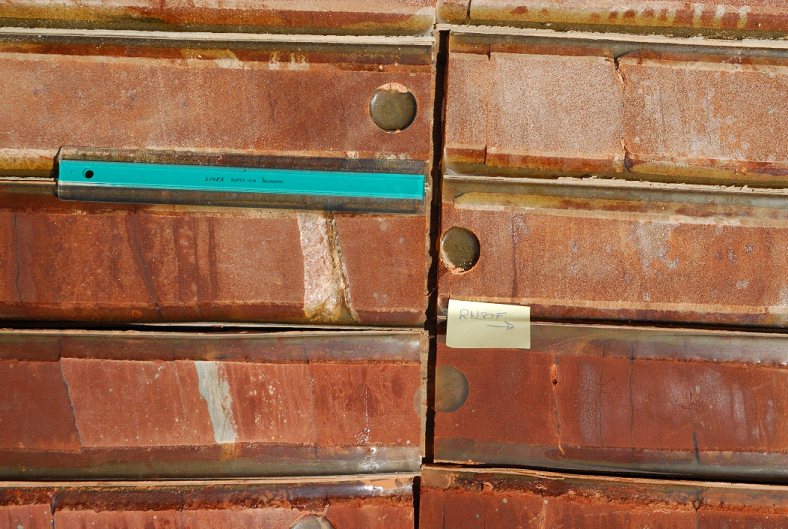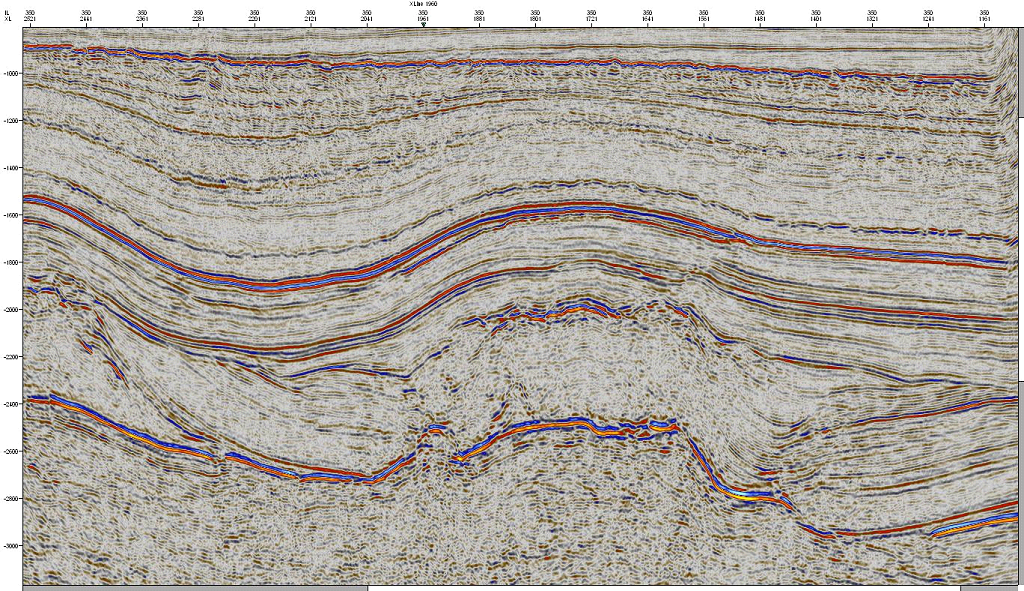To successfully develop a geothermal energy system it is crucial to perform a proper reservoir and performance assessment. Compared to other European countries, the Netherlands is in a unique position as it is densely covered by exploration and production wells from the oil and gas industry. This includes over 5000 deep wells, extensive 3D seismic coverage and 150,000 core plug measurements. In the Netherlands, these data are freely accessible at the Digital Information Portal of the Dutch Subsurface (dinoloket.nl) and the Dutch Oil and Gas portal (NLOG.nl).
The geological data can be subdivided in 3 categories:
Well log data
During drilling activities it is common practice to run several well logs. A well log is a record of variations of measured physical properties of the rock adjacent to the wellbore. With the aid of these logs reservoir properties can be interpreted and correlations between the log data between various boreholes can be made.
Core Samples
Most core samples are obtained by drilling with special drills into the rock with a hollow steel tube. In a specialized laboratory the reservoir properties of the sample, like the porosity and permeability, can be determined precisely.

Seismic
Seismic waves produced by explosions or vibrating controlled sources are one of the primary methods of underground exploration in geophysics. From seismic waves recordings and well data the geology of the subsurface can be reconstructed in detail. With the aid of seismic data the depth of an aquifer can be assessed and its presence can be confirmed. This data is also used for well design planning.

